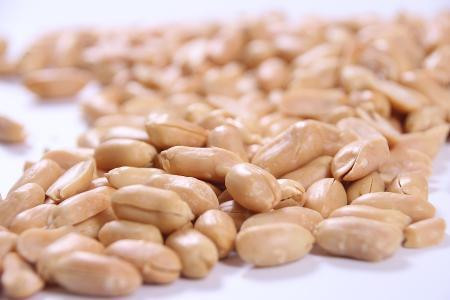Study on microwave assisted extraction of peanut oil
Peanut is one of the four most important oil crops in the world, and its planting area ranks second in oil crops. Peanut oil contains unsaturated fatty acids, rich oleic acid, fragrant smell, pure taste, rich nutrition, high smoking point, easy to clarify and reuse.
Peanuts are the source of edible vegetable oil and vegetable protein. At present, the main methods of extracting peanut oil are pressing, solvent extraction, water agent, microwave and water enzyme.
The new microwave drying machinery and equipment technology has the characteristics of high efficiency and low energy consumption.
The principle of ultrasonic extraction is to break up cells (cavitation) and enhance mass transfer (mechanical) effect, so that solvent molecules penetrate into tissue cells, can better contact with solute molecules, so that the soluble components in cells can be released better.
The extraction of peanut oil refining in China is mainly focused on ultrasonic assisted extraction technology. In this paper, the effects of different extraction methods and solvents on the extraction rate were studied in order to provide some guidance for the extraction process of peanut oil.

By comparing the extraction rates of peanut oil by three methods: Soxhlet extraction, heat reflux extraction and microwave extraction, it is proved that microwave extraction method has higher extraction rate under short time and low temperature.
The optimum conditions of ultrasonic extraction of peanut oil were determined by single factor and orthogonal test. Petroleum ether was used as solvent, the ratio of material to liquid was 1:12 (g/mL), the extraction temperature was 35 ~C, the extraction time was 25 min, and the ultrasonic power was 150 W. The extraction rate of peanut oil can reach 24.23%.
Compared with conventional extraction method, microwave extraction method is not only time-saving, but also at a lower temperature, which is conducive to the protection of unsaturated fatty acids in oils and fats, with high efficiency and low energy consumption.